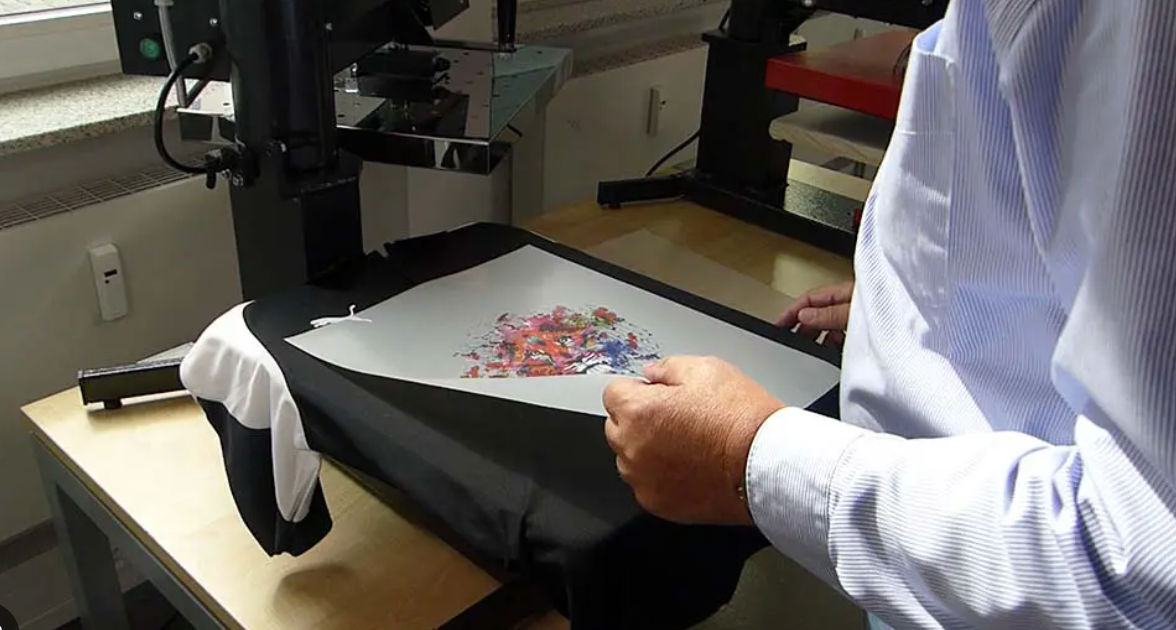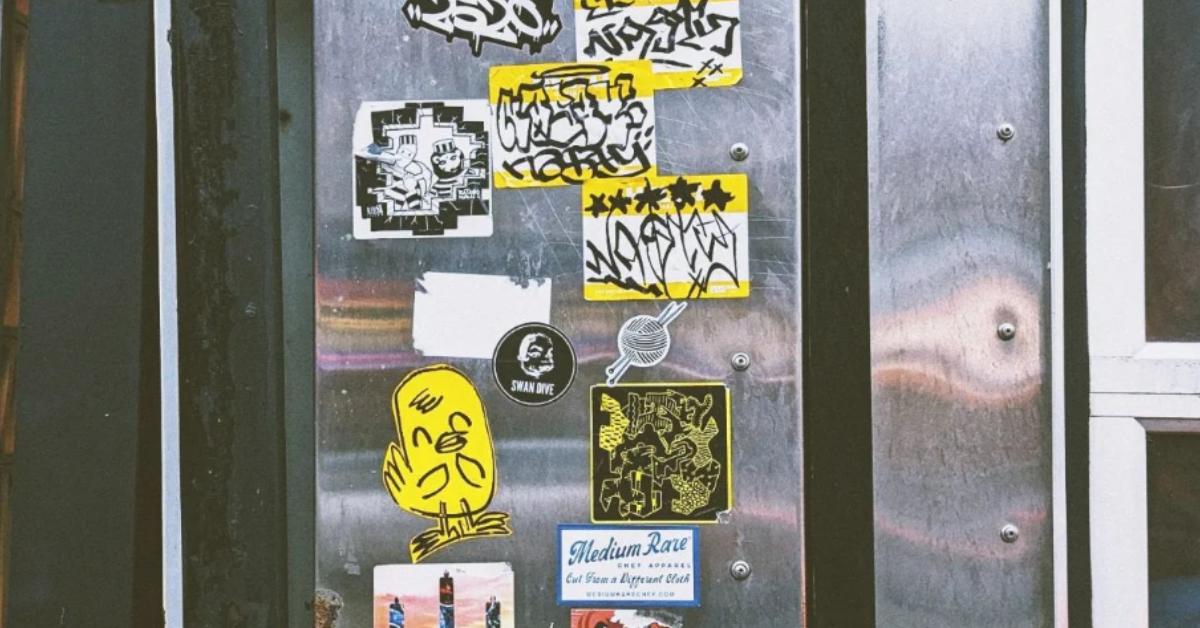FREE SHIPPING ON ORDERS OVER $100 IF YOU LIVE IN CANADA
3 Reasons Why You Shouldn't Use Heat Transfers or DTF for Your Clothing Brand

When it comes to creating a successful clothing brand, the quality and durability of your products play a crucial role. While there are various methods available for printing designs onto garments, heat transfers and Direct-to-Film (DTF) are options that you should avoid. While these methods may seem convenient and cost-effective at first glance, they come with several drawbacks that can have a negative impact on your brand's reputation. In this blog post, we will explore three reasons why you shouldn't use heat transfers or DTF for your clothing brand.
Lack of Longevity and Durability
One of the main drawbacks of heat transfers and DTF is their lack of longevity and durability. These methods rely on a thin plastic-like material that is heat pressed onto the fabric. Over time, this plastic layer can crack, peel, or fade, especially after repeated washes. As a result, the design on the garment will deteriorate, giving your products a cheap and unprofessional appearance. Customers expect clothing to last, and if they experience issues with the quality of your designs, it can harm your brand's reputation and discourage repeat purchases.
Inferior Quality and Feel
Heat transfers and DTF can result in garments that have an inferior quality and feel compared to other printing methods. The plastic layer added to the fabric can make the design feel stiff and unnatural, detracting from the overall comfort and wearability of the clothing. Customers appreciate garments that not only look good but also feel good when worn. By using these methods, you risk compromising the tactile experience and customer satisfaction with your products, which can lead to negative reviews and decreased customer loyalty.
Negative Environmental Impact
In recent years, there has been a growing concern about the environmental impact of the fashion industry. Heat transfers and DTF contribute to this issue due to the materials used in the process. The plastic-based films and adhesives used in these methods are not biodegradable and can release harmful toxins into the environment during production and disposal. As consumers become more eco-conscious, they are actively seeking sustainable and ethically produced clothing. By choosing heat transfers or DTF, you risk alienating environmentally conscious customers and missing out on a significant market segment that values sustainability.
In conclusion, while heat transfers and DTF may seem like convenient and cost-effective options for printing designs onto garments, they come with significant drawbacks that can harm your clothing brand. The lack of longevity and durability, the inferior quality and feel, and negative environmental impact associated with these methods can compromise the quality of your products and damage your brand's reputation. To create a successful and reputable clothing brand, it is worth investing in alternative printing methods that prioritize durability, quality, and sustainability. By doing so, you can ensure that your products meet the expectations of your customers while aligning with their values and preferences.



